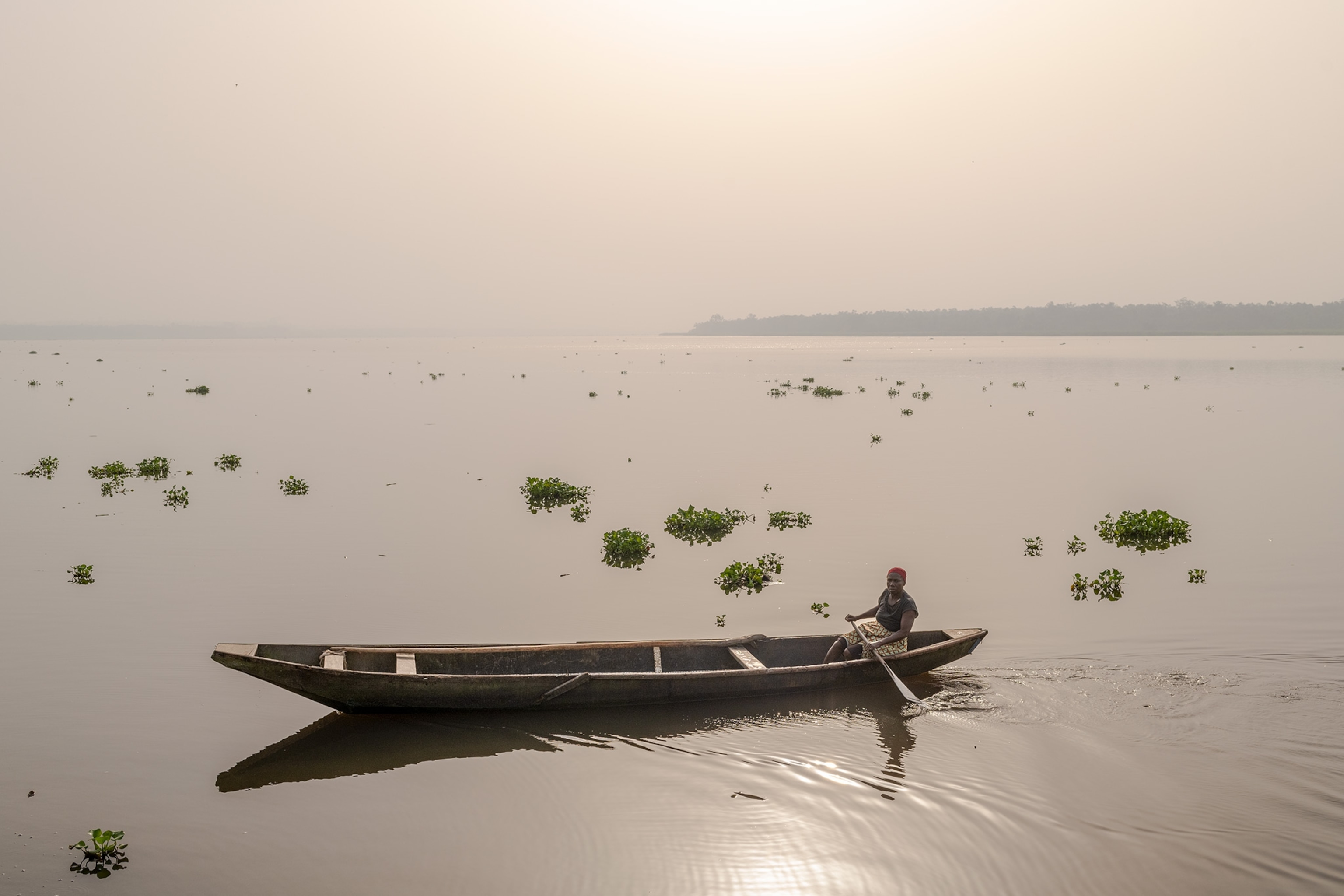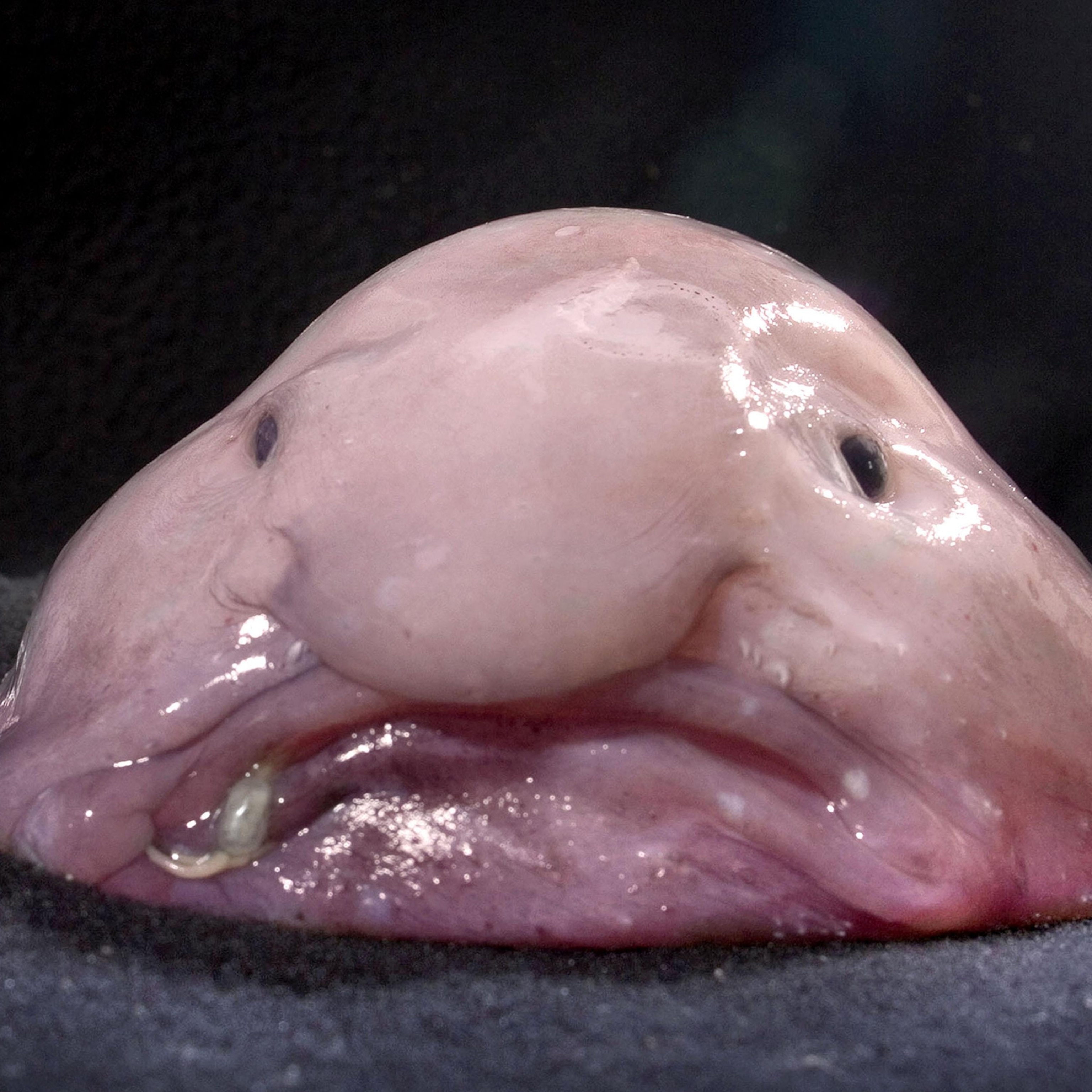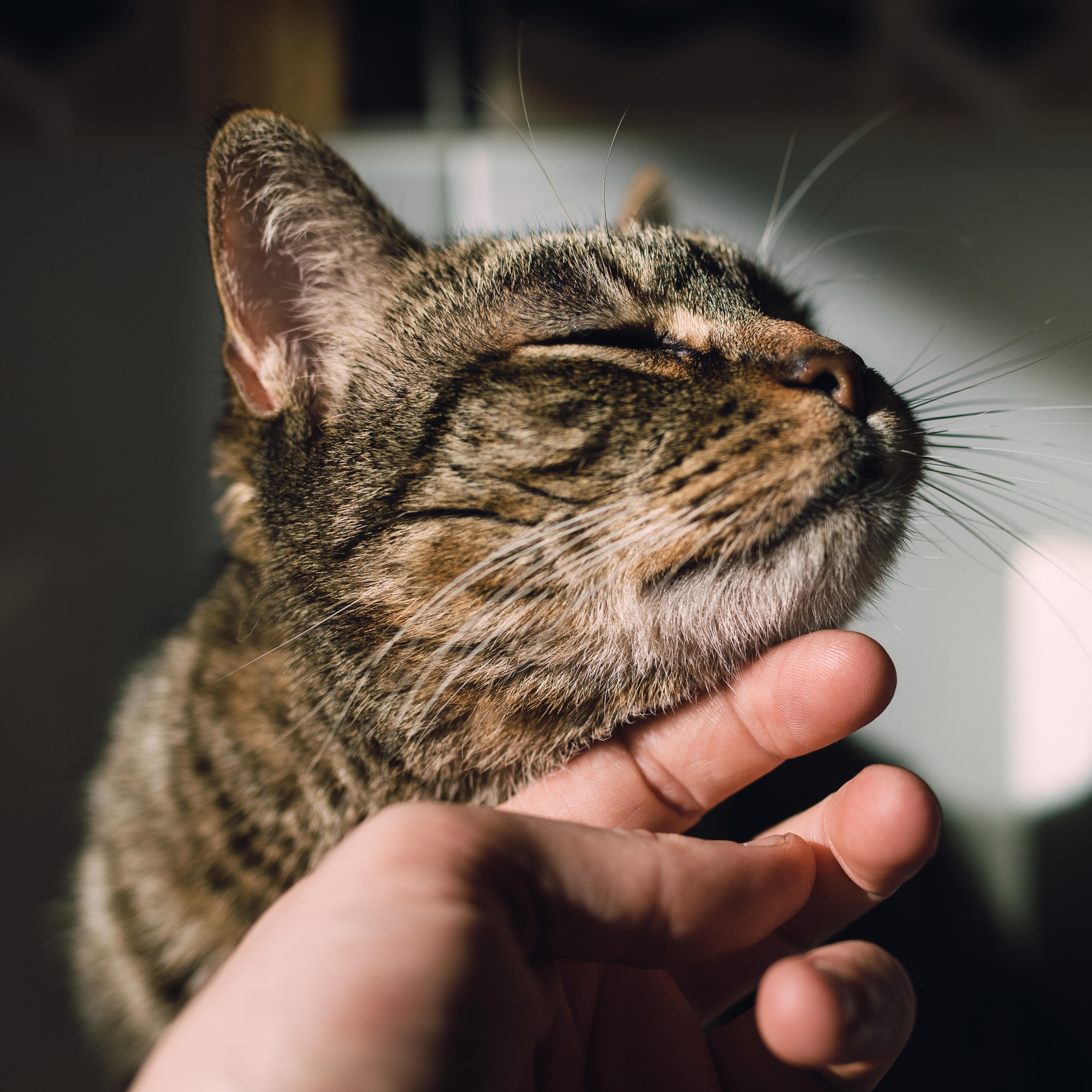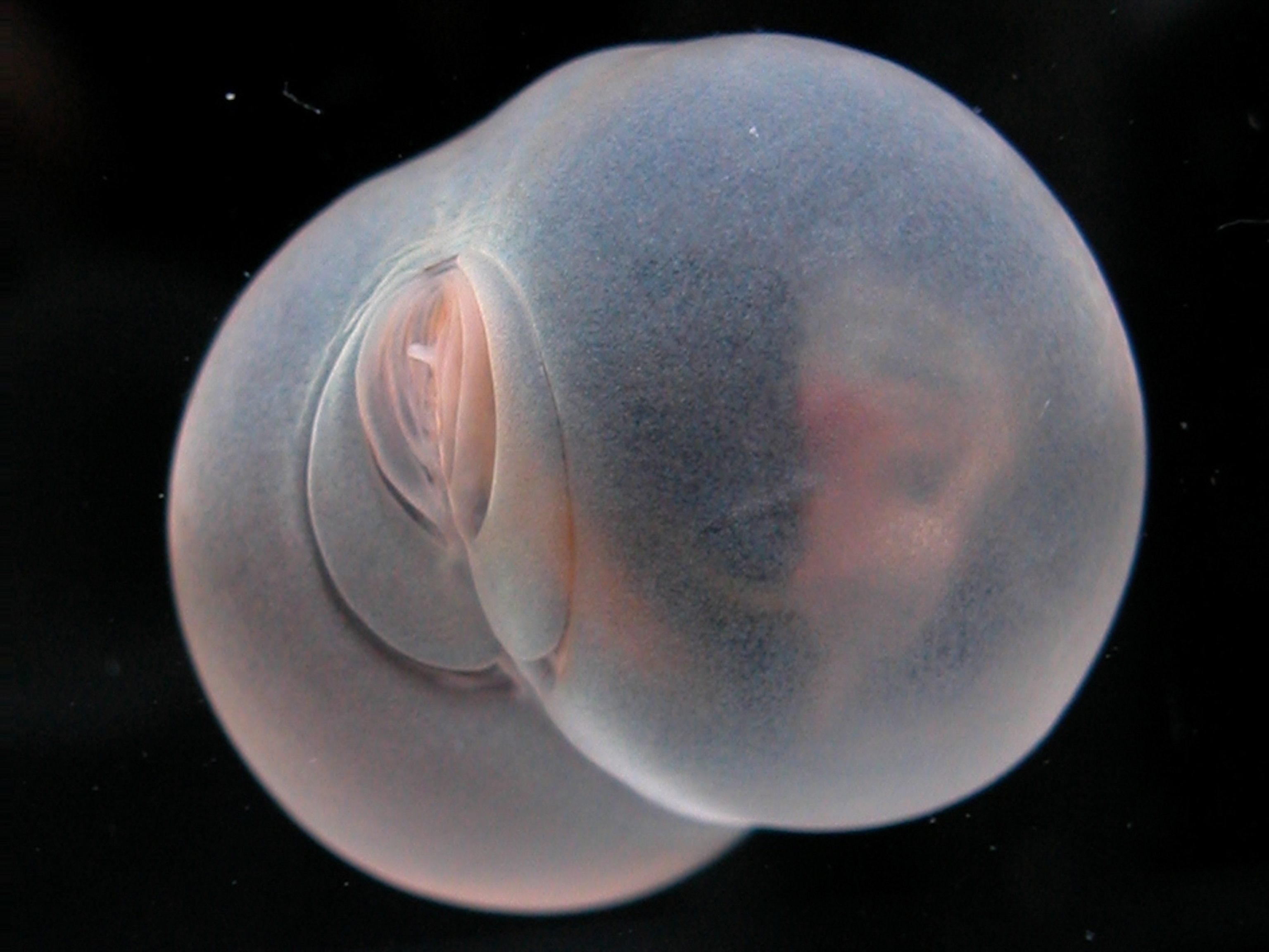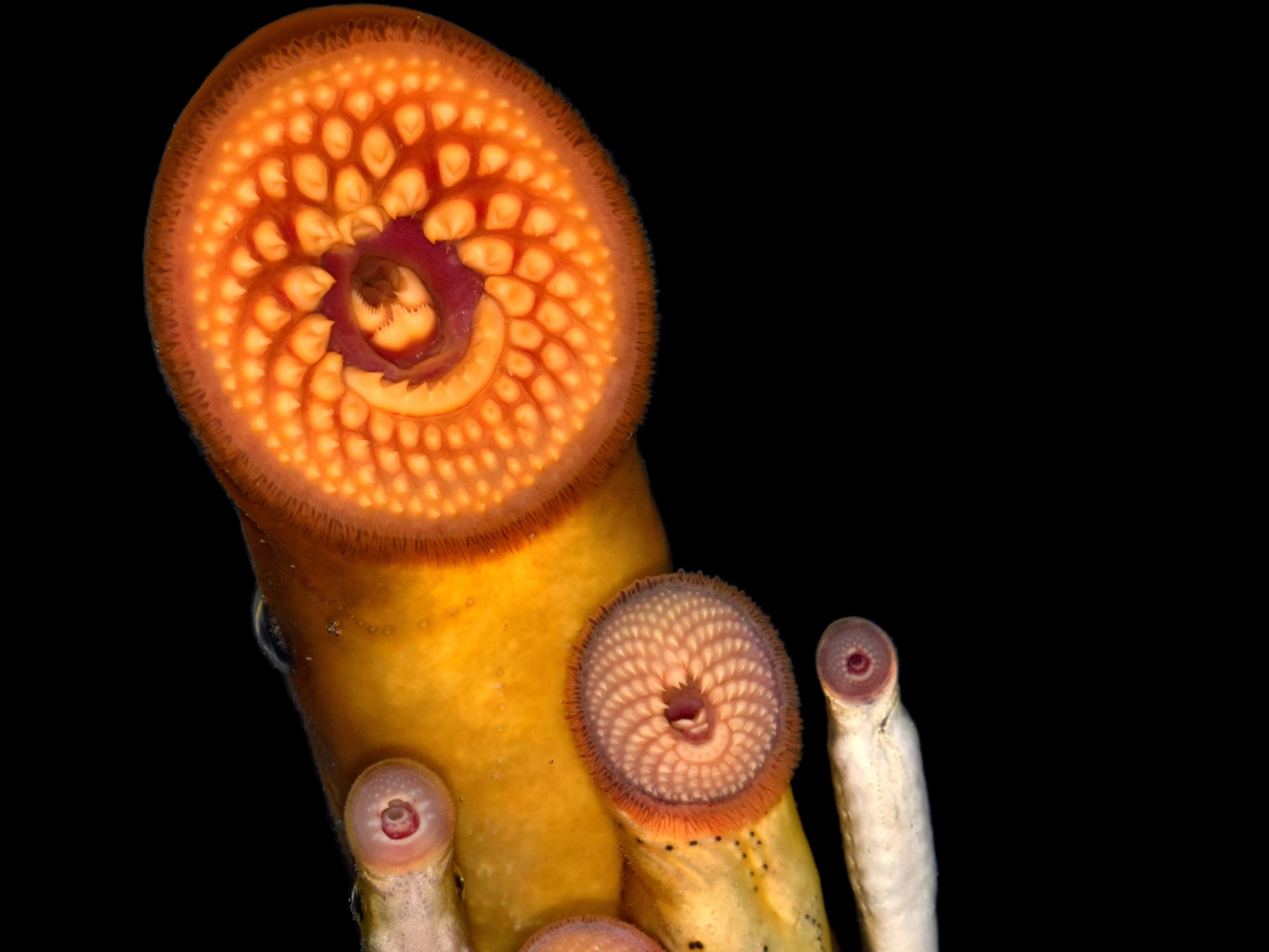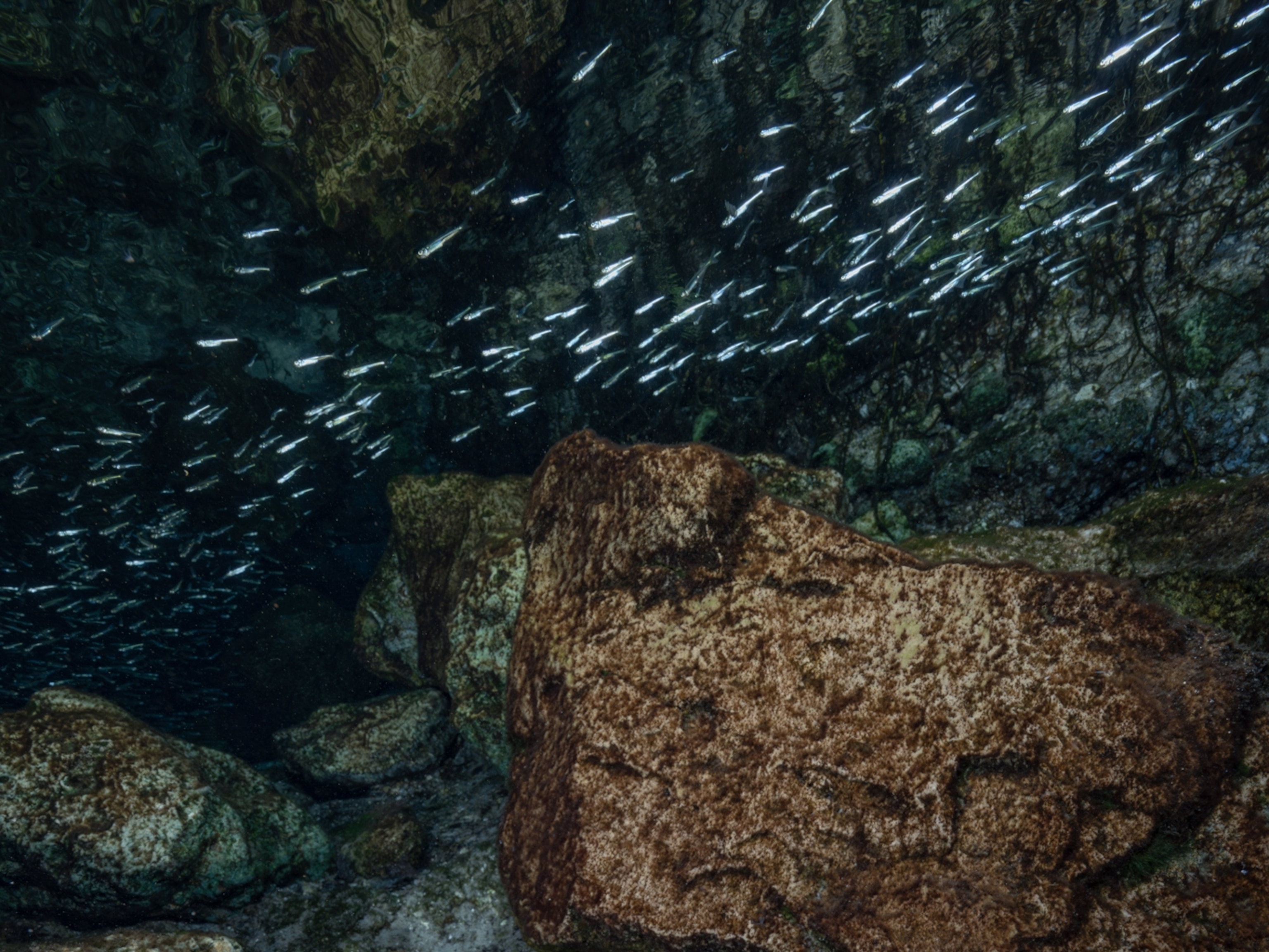This floating flower is beautiful—but it's wreaking havoc on Nigeria
In many parts of the world, water hyacinths are a noxious invasive weed that’s tricky to tame. But Nigerian entrepreneurs have come up with innovative ways to turn the plant into useful products.
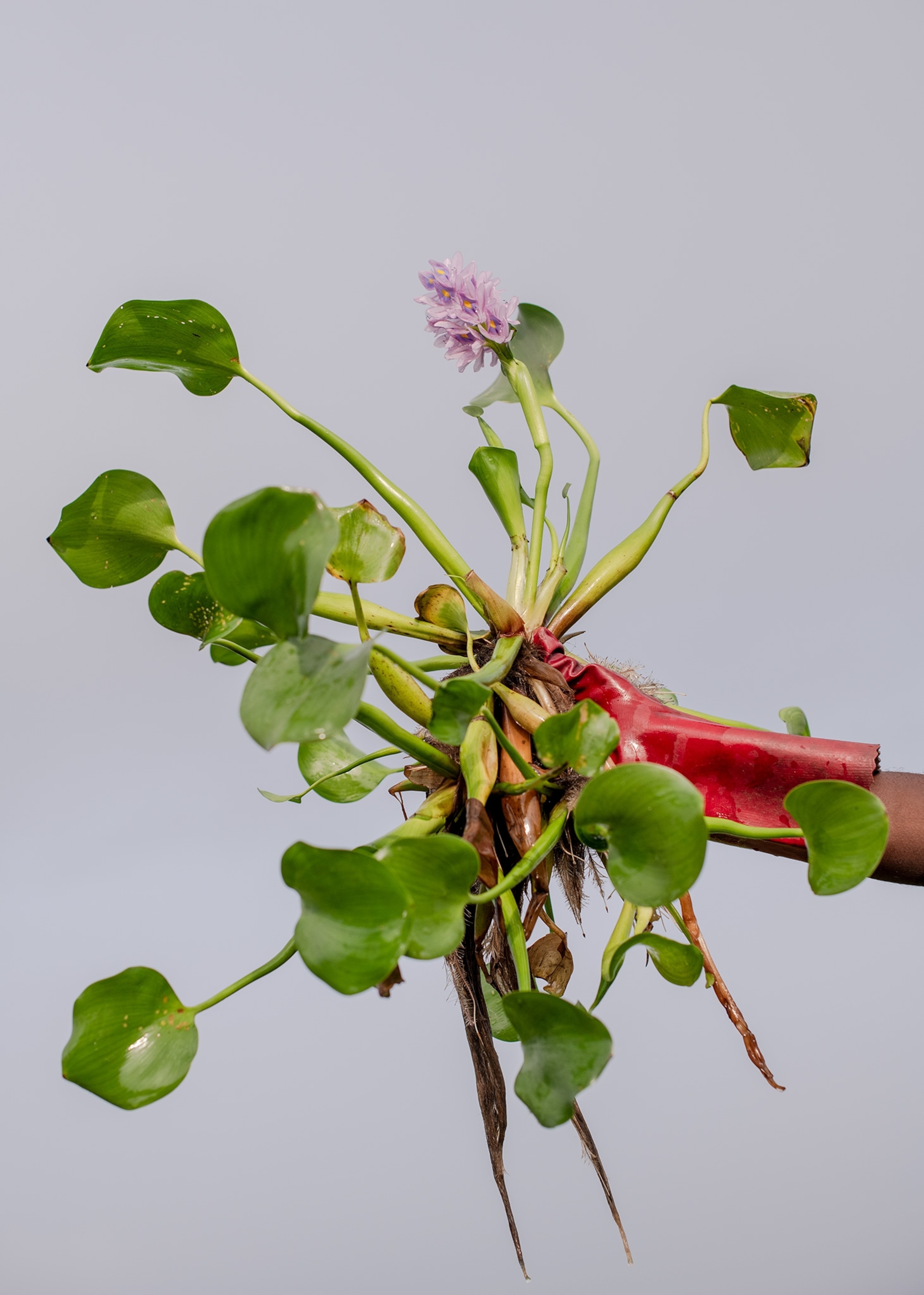
Every November, when the rains finally stop falling in Nigeria, water hyacinths begin to settle on the country’s waterways. The floating plants, with their glossy fist-sized leaves and mesmerizing lavender flowers, form thick carpets that eventually blanket entire rivers, lakes, and lagoons.
“It’s very beautiful to look at—so verdant and green,” says Achenyo Idachaba-Obaro, who first witnessed the phenomenon when she moved to Nigeria in 2009. Their beauty, however, belies a more sinister nature. “You look at the plant and think it could be ornamental, but it isn’t—it’s a weed.”
Native to the Amazon basin in South America, water hyacinths (Eichhornia crassipes) are now found in every corner of the planet, from Lagos to Laos, California to Corsica. Blame for its rapid spread is often pinned on the 1884 Cotton States Exposition in New Orleans, Louisiana, where delegates were gifted the aquatic plant as souvenirs.
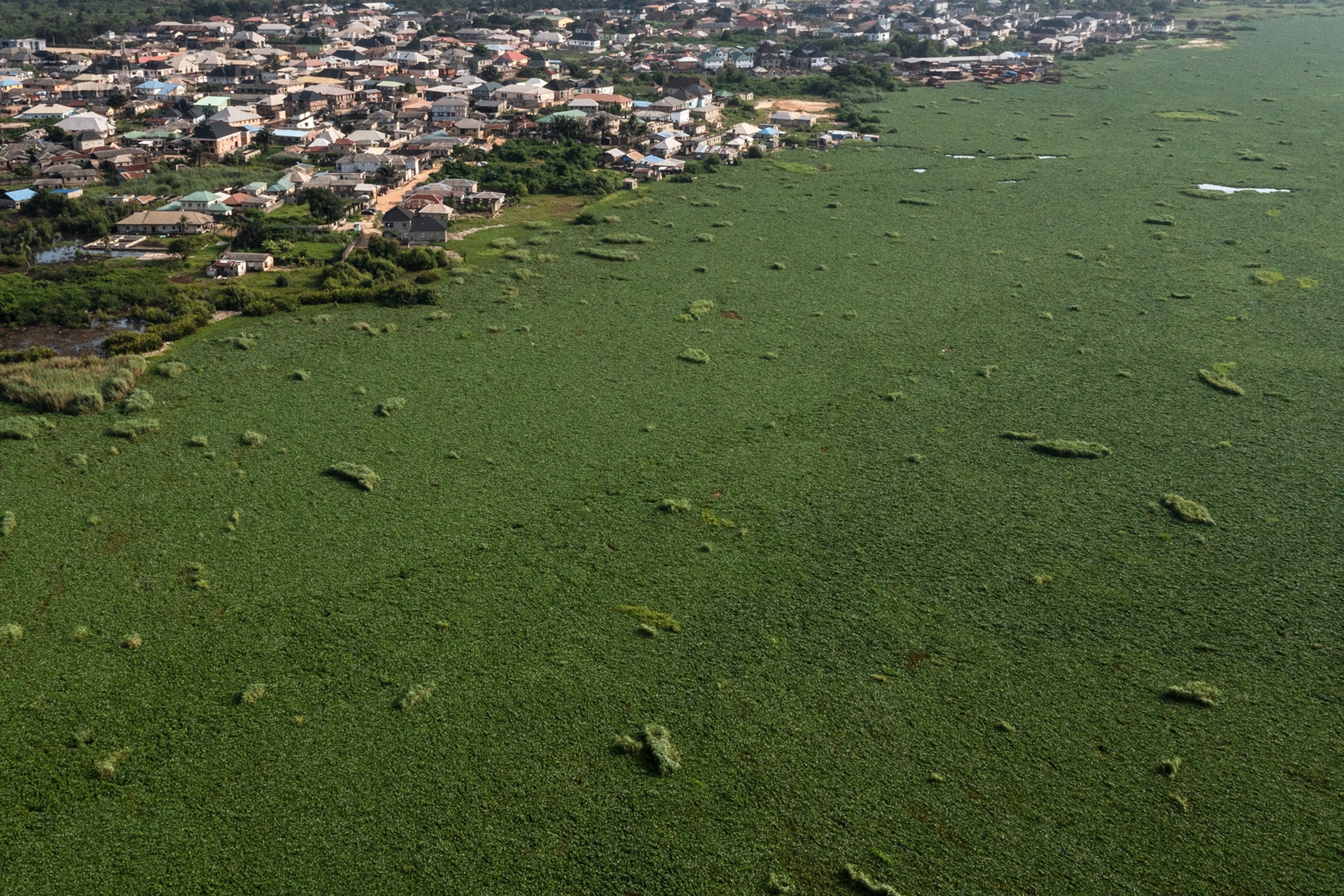
In their adopted homes, hyacinths are considered a menace: forming impenetrable mats that clog up waterways, disrupt transport and local livelihoods, reduce water quality, breed disease-carrying vectors, and kill off native aquatic life, among other deleterious effects
Because of this, water hyacinths bear an ignoble reputation. “It’s the world’s worst floating invasive plant because of its reproductive ability,” says Julie Coetzee, a botanist at South Africa’s Rhodes University, who has spent two decades studying the plants and how to control them.

There are a handful of ways to manage the scourge: removing them manually or with machines; applying herbicides; and releasing insects to devour the plant. But efforts to tame water hyacinths in Nigeria—where over a million hectares of waterways across 20 of its 36 states are infested, impacting more than 40 million people’s livelihoods—have so far failed “despite the huge amount of money that has been spent controlling this weed,” says Opeyemi Ayanda, an environmental biologist at Covenant University in the country’s southwest.
Which is why social entrepreneurs like Idachaba-Obaro—whose firm MitiMeth makes handicrafts—are now trying a different tack: harvesting the plants to convert them into useful products.
“These efforts are exactly the way forward in combating the menace of water hyacinths,” says Ayanda. “We have to start seeing the plant for its potential value and leverage on that.”
A swift and silent killer
Water hyacinths possess a winning combination of traits that have made it successful. They reproduce rapidly without pollination in warm, dry conditions. “One mother plant can produce hundreds of daughter plants, and they can double in biomass every seven to 14 days,” says Coetzee. Each flower can also produce thousands of seeds, which can remain dormant for up to 25 years.


Because waterways are a lifeline for those who live in Lagos, Nigeria’s second most populous state, the infestation of water hyacinths during the annual dry season often wreaks havoc. Ikorodu ferry terminal, one of its biggest jetties, was shuttered for more than two months last November because boats couldn’t navigate through the weeds.
Water hyacinths also hamper water flow, and the resulting stagnancy can result in unsanitary water and harbor harmful mosquitoes and other disease-carrying vectors.
In a small study conducted with researchers from the Netherlands’ Leiden University last summer, she and her team discovered that the Culex pipiens mosquito, a species known for transmitting the West Nile and Usutu viruses, preferred to lay their eggs in water hyacinths as compared with other invasive water plants or on the open water.

People aside, aquatic life suffers too with a water hyacinth invasion. When the plants spread across a water’s surface, they block out the sunlight. “If there’s no light, there’s no photosynthesis, which means no oxygen is being produced in that water column,” says Coetzee. “No oxygen means no fish, no little aquatic insects, no crabs, no mollusks.”
Moreover, decaying weeds can release harmful greenhouse gases into the atmosphere. “As people start to clear water hyacinths and store them in heaps, they get very hot which makes them very conducive for generating methane,” explains Idachaba-Obaro, whose business MitiMeth stands for ‘mitigating methane.’
From waste to resource
For her work, Idachaba-Obaro typically engages fishermen to harvest water hyacinths—up to 32 tons every 18 months—from waterways across the country. The plants are then passed onto what she calls “maker communities”: women in the local area who separate the roots from stems and dry them out in the open, before weaving them into ropes of varying widths using traditional techniques.
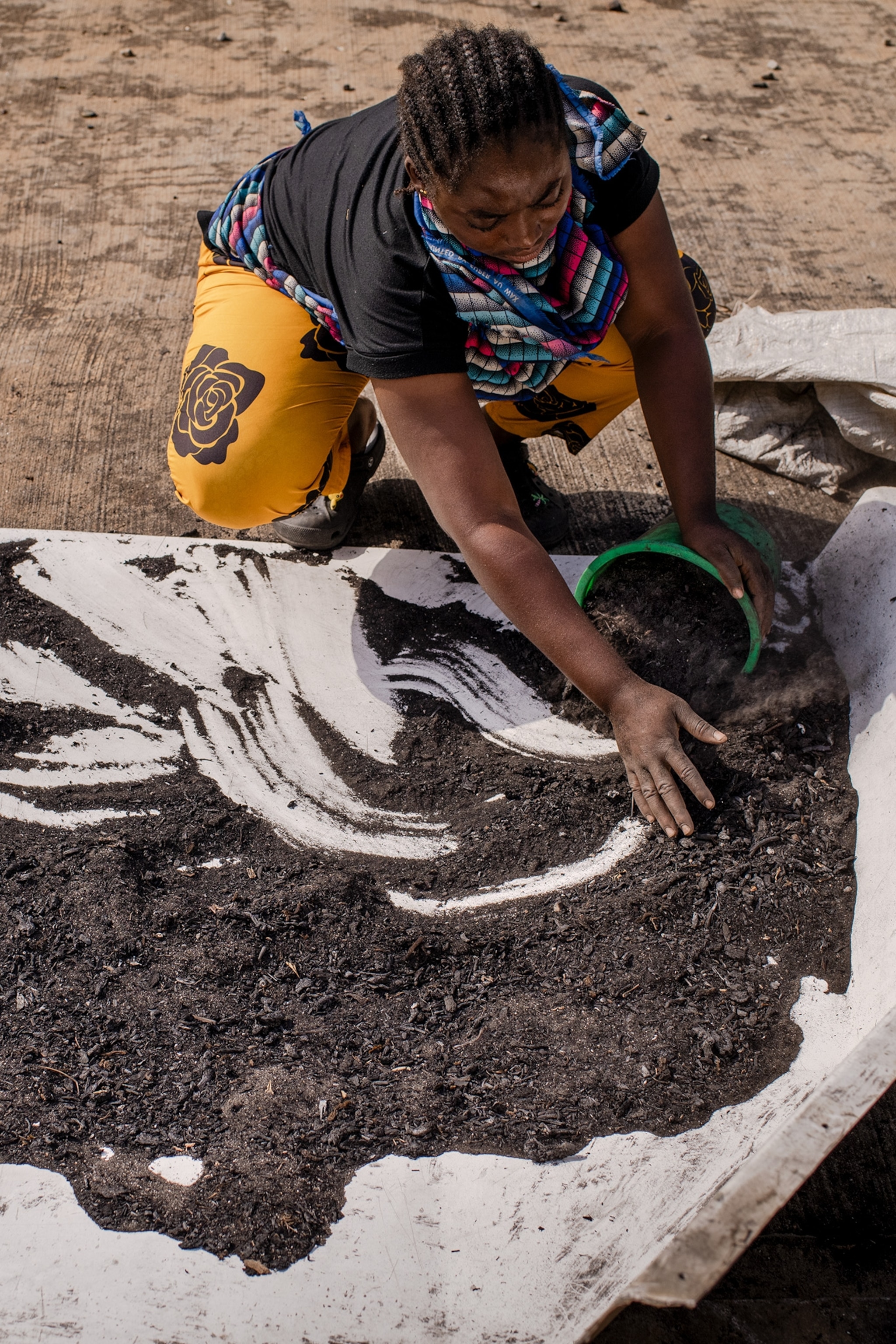
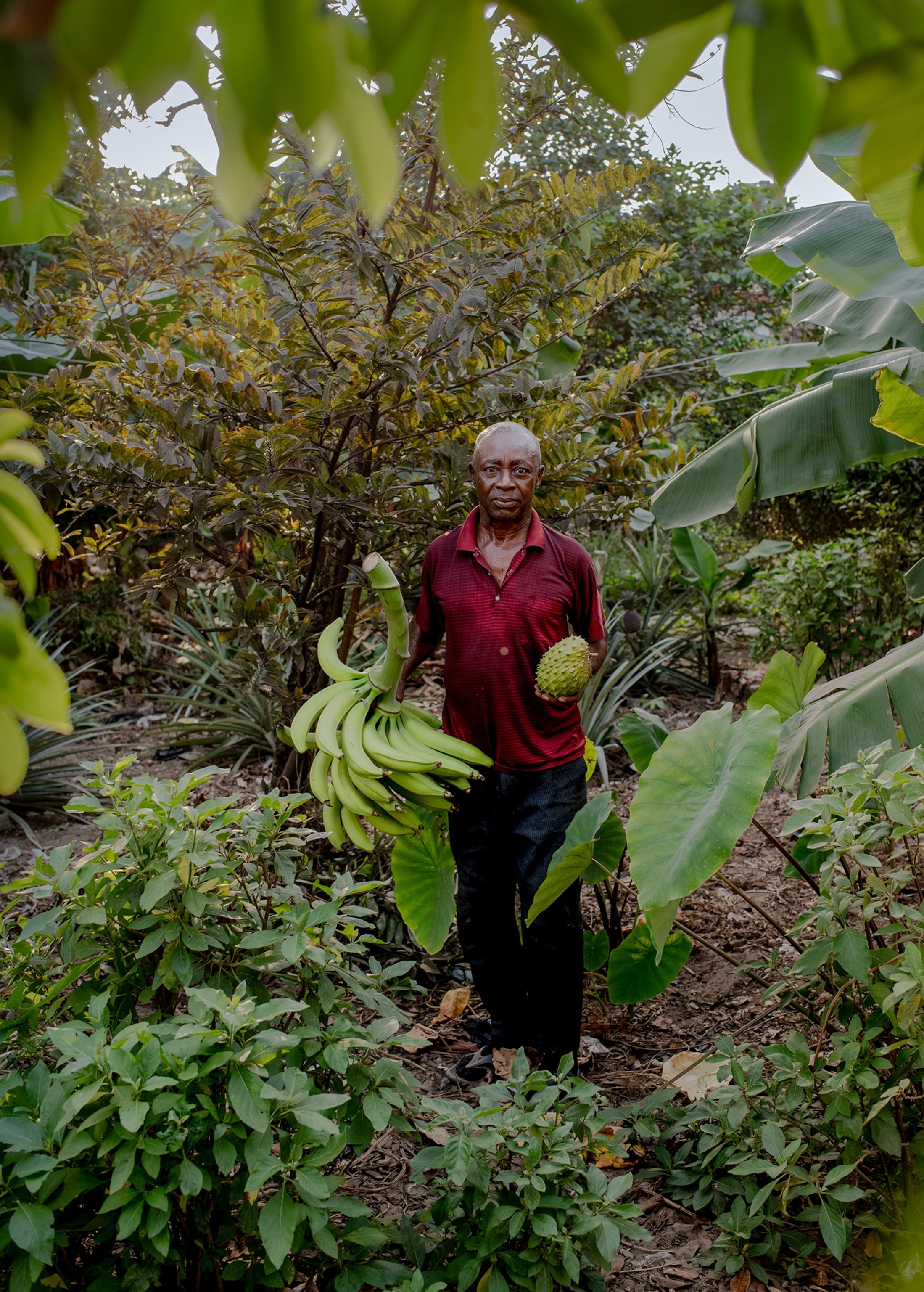
At MitiMeth’s headquarters in Ibadan, southwest Nigeria, roughly a dozen artisans then work their magic, intertwining the water hyacinth ropes with textiles, cotton, and other materials to create anything from small coasters and placemats to entire nightstands and floor rugs.
Fellow Nigerian entrepreneur Peter Bassey, of the eponymous P.I.B Global Services, adopts a similar approach to harvesting and drying water hyacinths, but takes an additional step: firing up a kiln to convert the desiccated plants into a carbon-rich biochar. When combined with manure, this produces a fertilizer that simultaneously boosts crop growth and “increases the water- and nutrient-holding capacity of soil,” says Bassey, who started his business in 2020 and now employs 35 people across three major cities.
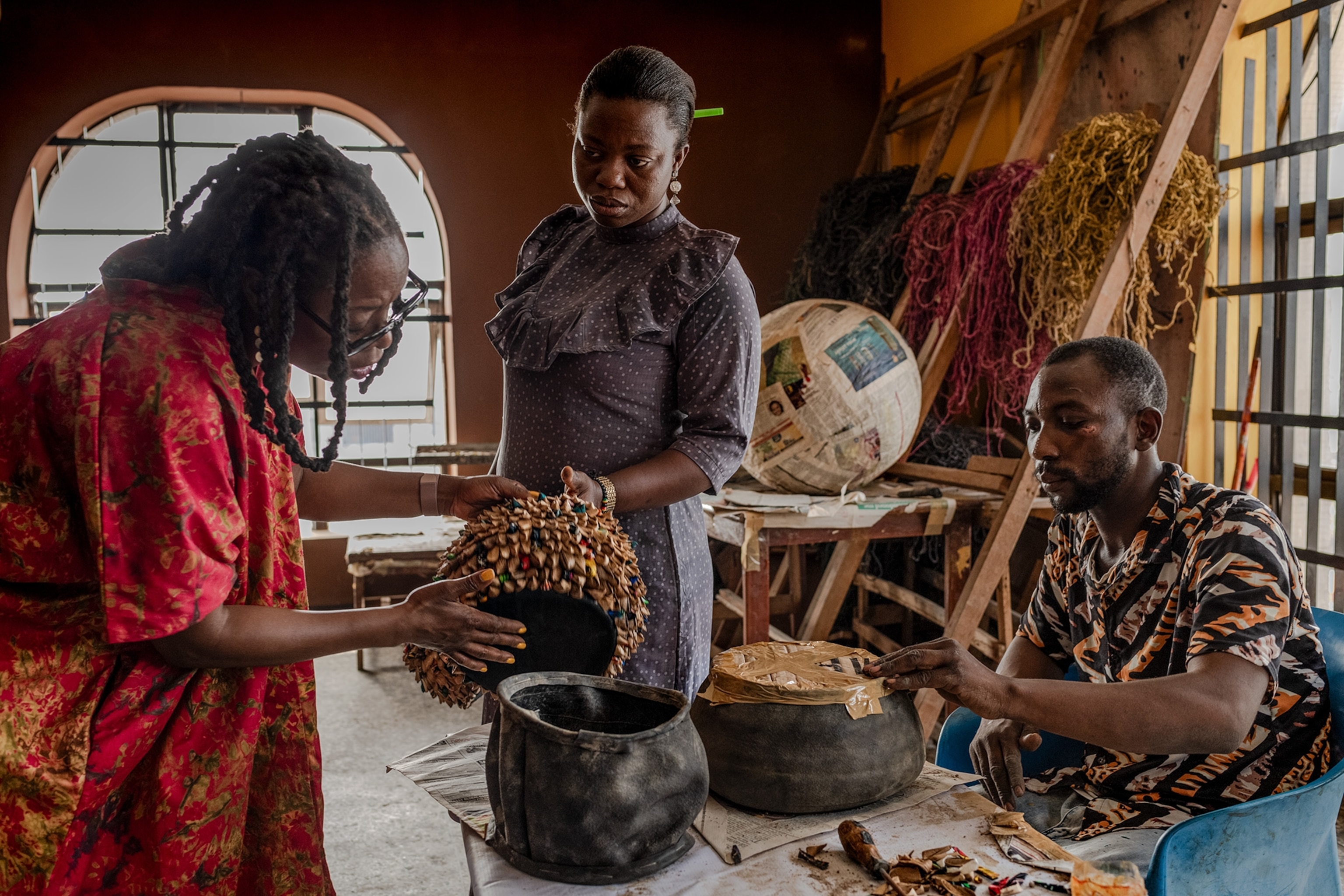
His product is especially handy for smallholder farmers, who often struggle to procure chemical fertilizers.
More recently, Bassey has been exploring other uses for his water hyacinth-based biochar. The material, he’s discovered, makes for a good preservative. “If you bury your fresh tomatoes, orcas, mangoes, et cetera in biochar, it preserves them for an extra two to five days.”
Bassey is also tackling one of Nigeria’s longstanding problems: open defecation, which is still practiced by 23 percent of the population. His team distributes biochar toilet buckets in slums, which they then turn into fertilizer.
Other innovative solutions include using water hyacinths as animal feed, for biofuel production, and to treat contaminated water.
However, Coetzee cautions that it’s more important to tackle the problem’s root cause, rather than to treat its symptoms. The weeds bloom because water systems are polluted with excess nutrients from agricultural and urban run-offs, she says. “The number one thing to reduce water hyacinths is to clean up what’s in, and going into, the water—that’s the bottom line. We just have to stop polluting water bodies."
